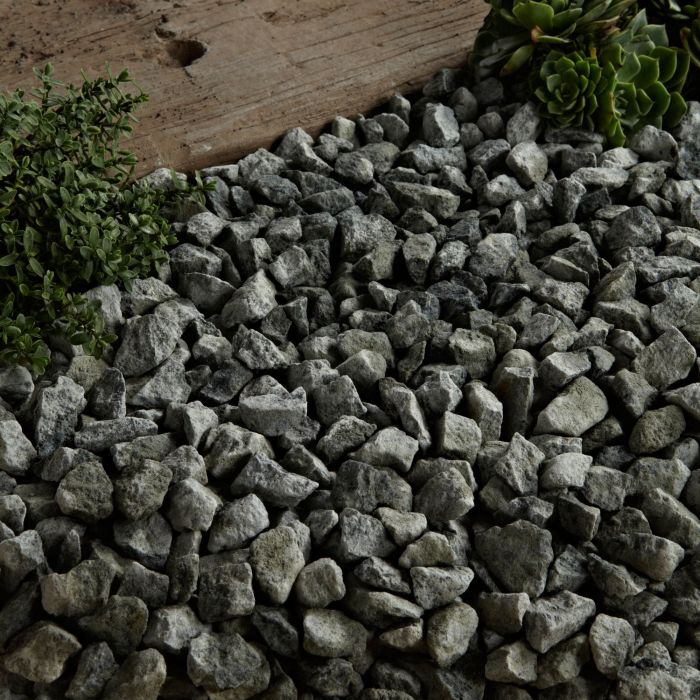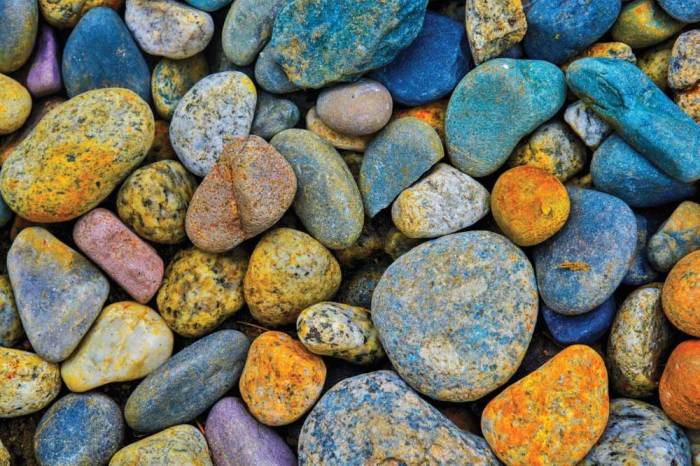Decoration stones: transforming interiors and exteriors with timeless elegance. From the sleek sophistication of marble to the rustic charm of sandstone, these natural elements offer unparalleled versatility in design. This exploration delves into the diverse world of decorative stones, covering types, applications, maintenance, and sourcing, empowering you to make informed choices for your next project.
We’ll cover everything from choosing the right stone for your budget and aesthetic to understanding the unique properties and maintenance needs of various materials. Discover how to create stunning focal points, incorporate different patterns and textures, and even repair minor damage. Whether you’re envisioning a modern minimalist kitchen or a rustic farmhouse bathroom, this guide will illuminate the transformative power of decorative stones.
Types of Decoration Stones

Decorative stones add elegance, durability, and character to various interior and exterior design projects. The vast array of options available, each with unique properties, allows for a wide range of aesthetic and functional applications. Selecting the right stone depends on factors such as desired aesthetic, budget, and the specific demands of the project environment.
Stone Types Categorized by Material
The diverse world of decorative stones can be broadly categorized by their geological composition. Understanding the material properties of each stone type is crucial for making informed decisions regarding its suitability for a given application.
| Stone Type | Typical Colors | Typical Uses in Decoration | Price Range (per sq ft, approximate) |
|---|---|---|---|
| Marble | White, black, gray, beige, green, red | Countertops, flooring, wall cladding, sculptures | $50 – $300+ |
| Granite | Wide variety, including black, gray, pink, red, green | Countertops, flooring, paving stones, wall cladding | $40 – $200+ |
| Quartz | White, gray, beige, black, with flecks and veins | Countertops, flooring, wall tiles | $60 – $150+ |
| Sandstone | Beige, brown, red, gray, yellow | Wall cladding, flooring, paving stones, landscaping | $20 – $80+ |
| Limestone | Beige, gray, cream, buff | Flooring, wall cladding, paving stones, sculptures | $30 – $150+ |
| Slate | Gray, black, green, purple | Roofing, flooring, wall cladding, paving stones | $25 – $75+ |
| Travertine | Beige, brown, ivory, cream | Flooring, wall cladding, countertops | $40 – $180+ |
| Onyx | White, brown, green, red, with translucent veining | Backlighting, countertops, accent pieces | $100 – $500+ |
Stone Properties and Characteristics, Decoration Stones
Each stone type exhibits unique visual characteristics and performance attributes. Marble, for example, is known for its elegant veining and polished finish, but it’s relatively softer than granite and requires more careful maintenance. Granite, on the other hand, boasts exceptional durability and resistance to scratches and stains, making it ideal for high-traffic areas. Quartz, an engineered stone, combines the beauty of natural stone with enhanced durability and stain resistance.
Sandstone’s porous nature lends itself to unique textures and colors, while its relative softness requires appropriate sealants for outdoor applications. Limestone’s classic appeal is often seen in historical buildings, while its susceptibility to etching necessitates careful cleaning practices. Slate’s inherent strength and water resistance make it a popular choice for exterior applications. Travertine, with its distinctive holes and warm tones, adds a touch of rustic charm, while Onyx, prized for its translucence, creates stunning backlit features.
These variations highlight the importance of considering the specific needs and aesthetic preferences of each project.
Care and Maintenance of Decoration Stones

Maintaining the beauty and longevity of decorative stones requires understanding their unique properties and employing appropriate care techniques. Different stone types possess varying levels of porosity and hardness, influencing their susceptibility to damage and the best cleaning methods. Regular cleaning and preventative measures are crucial to preserving their aesthetic appeal and structural integrity.
Cleaning and Maintaining Different Stone Types
The cleaning process varies significantly depending on the stone type. Marble, for example, is relatively soft and porous, making it susceptible to etching from acidic substances like lemon juice or vinegar. Therefore, gentle cleaning with a pH-neutral cleaner and soft cloth is recommended. Avoid abrasive cleaners or scouring pads. Granite, on the other hand, is much harder and more resistant to etching, allowing for slightly more aggressive cleaning methods.
However, even granite benefits from a gentle approach to prevent scratching. Quartz, being an engineered stone, generally requires minimal maintenance and can tolerate a wider range of cleaning products. Always test any cleaning solution on an inconspicuous area first to ensure it doesn’t damage the stone’s finish.
Preventing Damage and Preserving Appearance
Preventing damage is often easier than repairing it. For all stone types, using coasters under glasses and placing trivets under hot dishes prevents staining and etching. Avoid dragging heavy objects across stone surfaces, as this can scratch the finish. Regular dusting with a soft cloth or feather duster prevents the accumulation of dirt and grime that can dull the stone’s shine.
For outdoor stones, sealing can help protect against water damage and staining. The frequency of sealing depends on the stone type and its exposure to the elements; consult a professional for recommendations specific to your stone.
Repairing Minor Chips and Scratches
Minor chips and scratches can often be repaired using specialized stone repair kits available at home improvement stores. These kits typically contain colored fillers that match common stone colors. The process involves carefully cleaning the damaged area, applying the filler, and then smoothing it with fine-grit sandpaper. For deeper chips or more extensive damage, professional restoration may be necessary.
Remember to always test any repair product on an inconspicuous area first to ensure color matching and avoid further damage. For example, a small chip on a marble countertop might be filled with a white epoxy putty, carefully colored to match the surrounding marble veining. This repair, when done meticulously, can be virtually invisible.
Ultimately, the beauty of decoration stones lies in their ability to seamlessly blend form and function, adding both aesthetic appeal and lasting durability to any space. By understanding the diverse options available, their unique characteristics, and proper maintenance techniques, you can confidently select and utilize these natural wonders to create truly remarkable and enduring designs. From grand architectural statements to subtle textural accents, the possibilities are as limitless as your imagination.